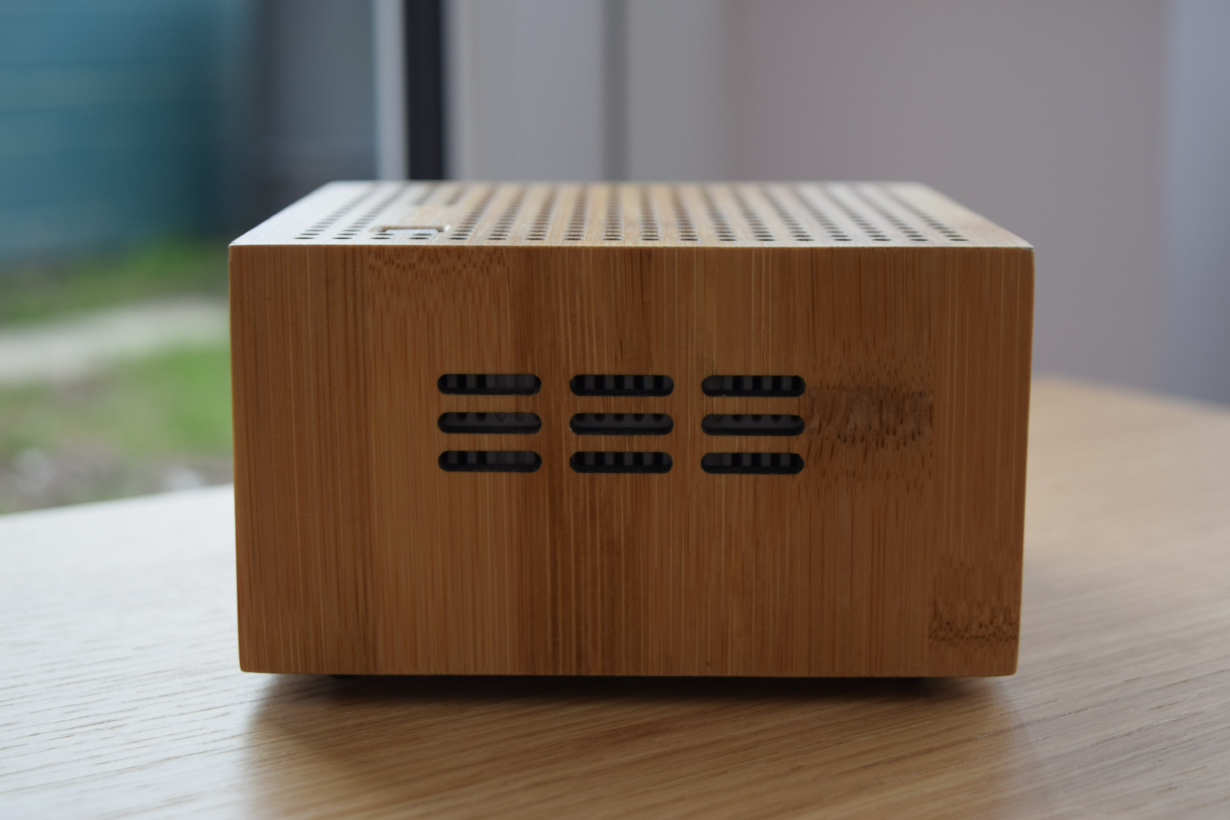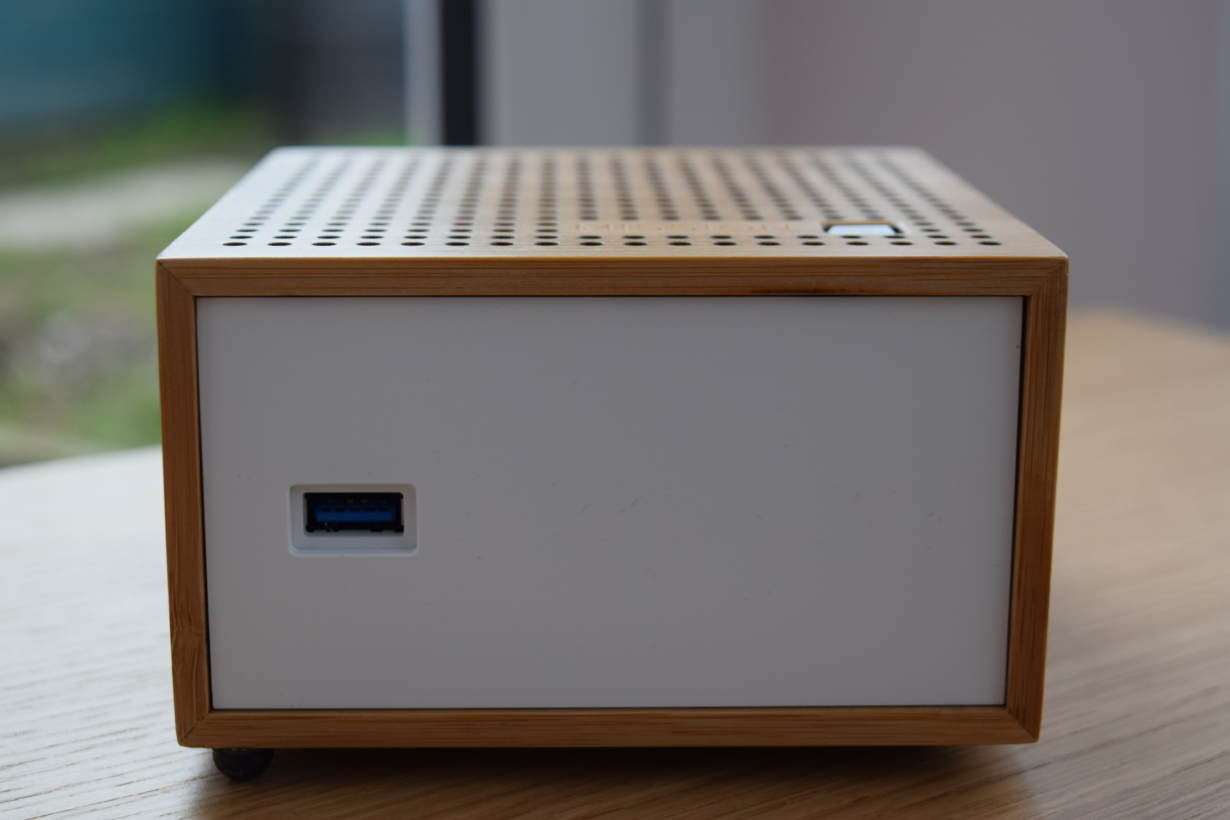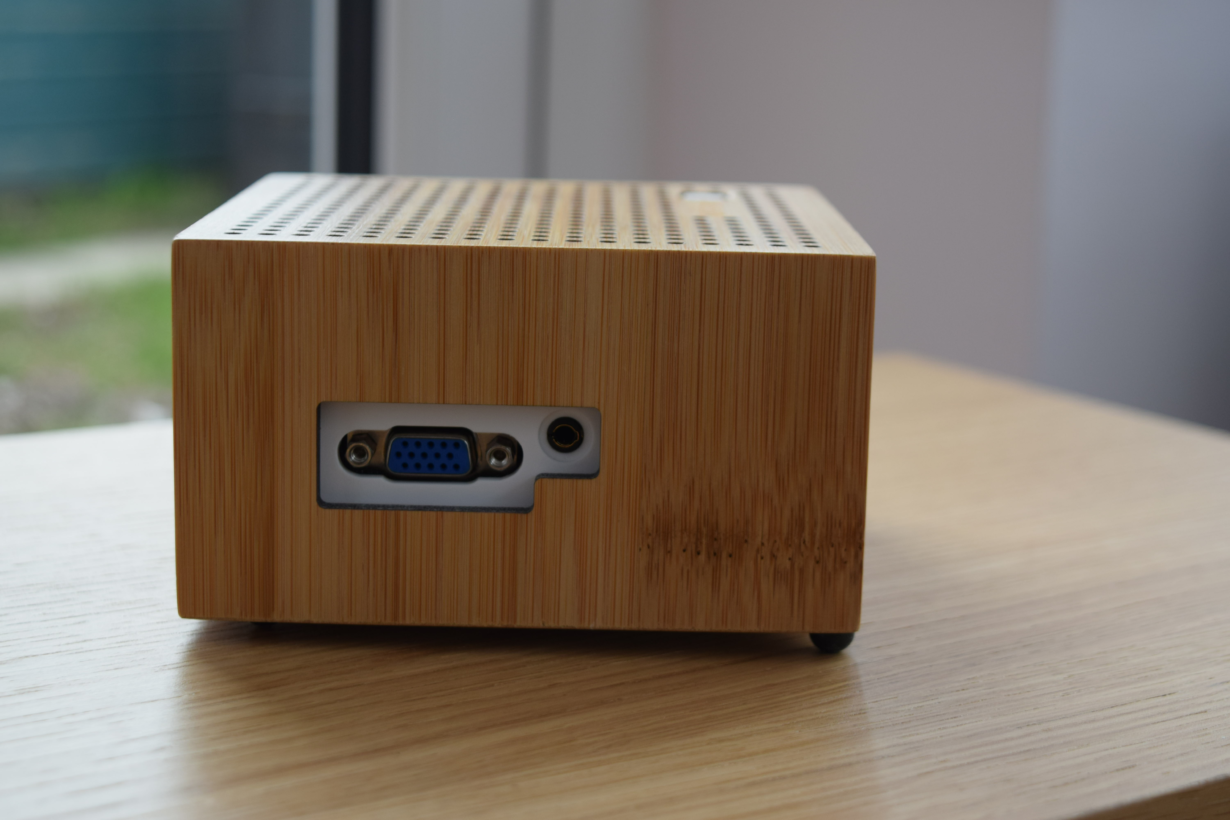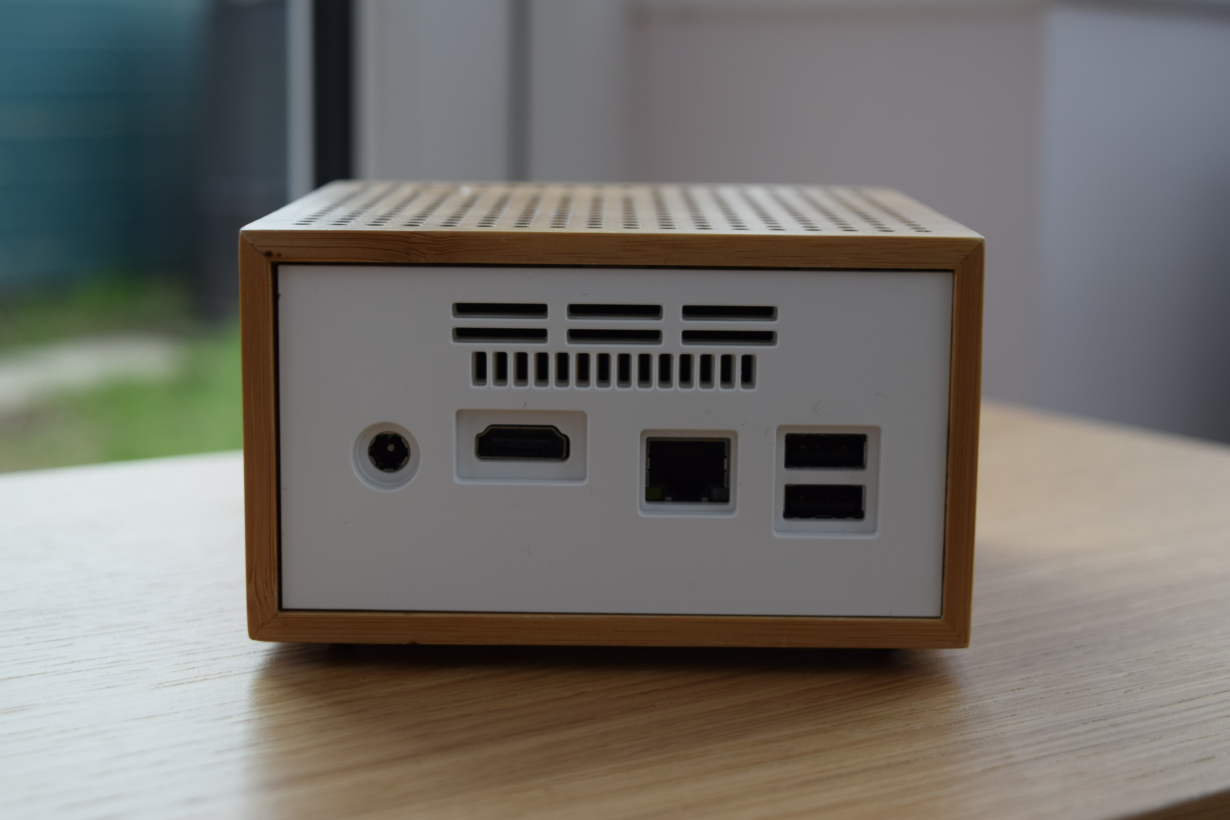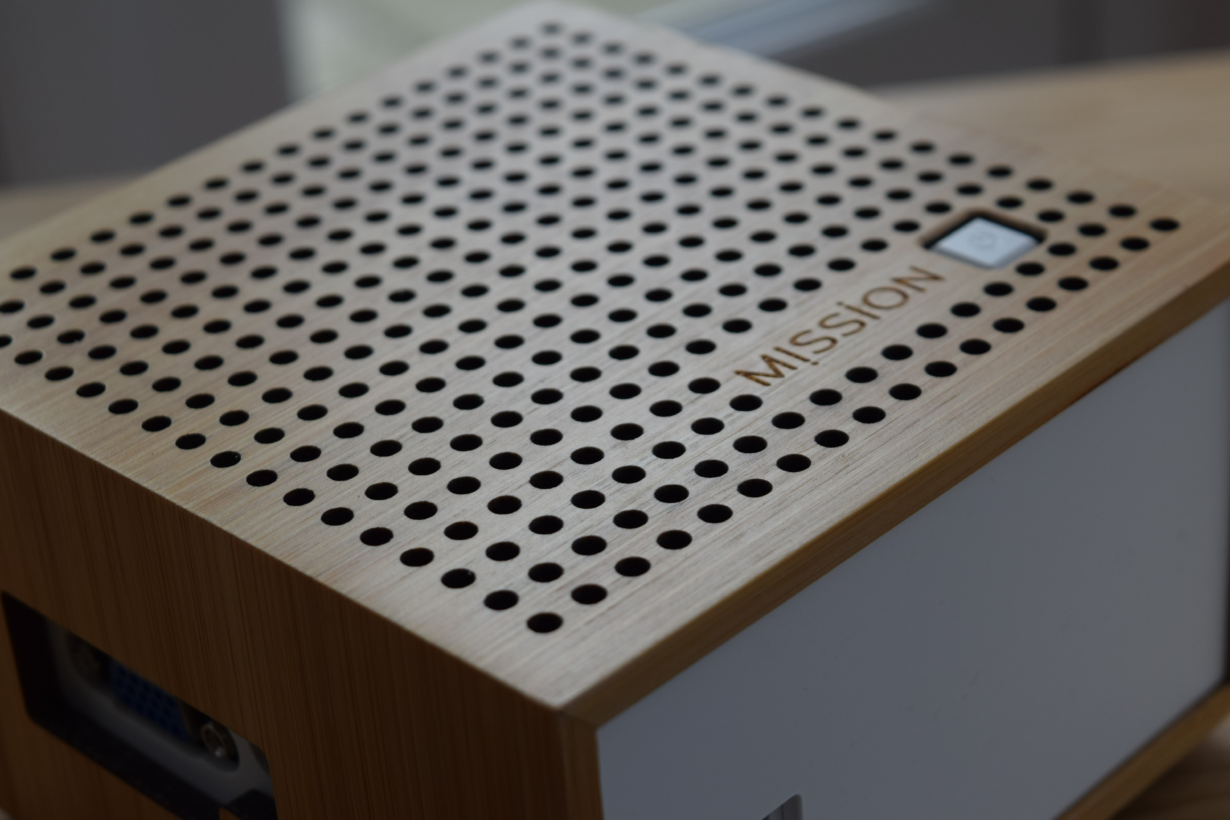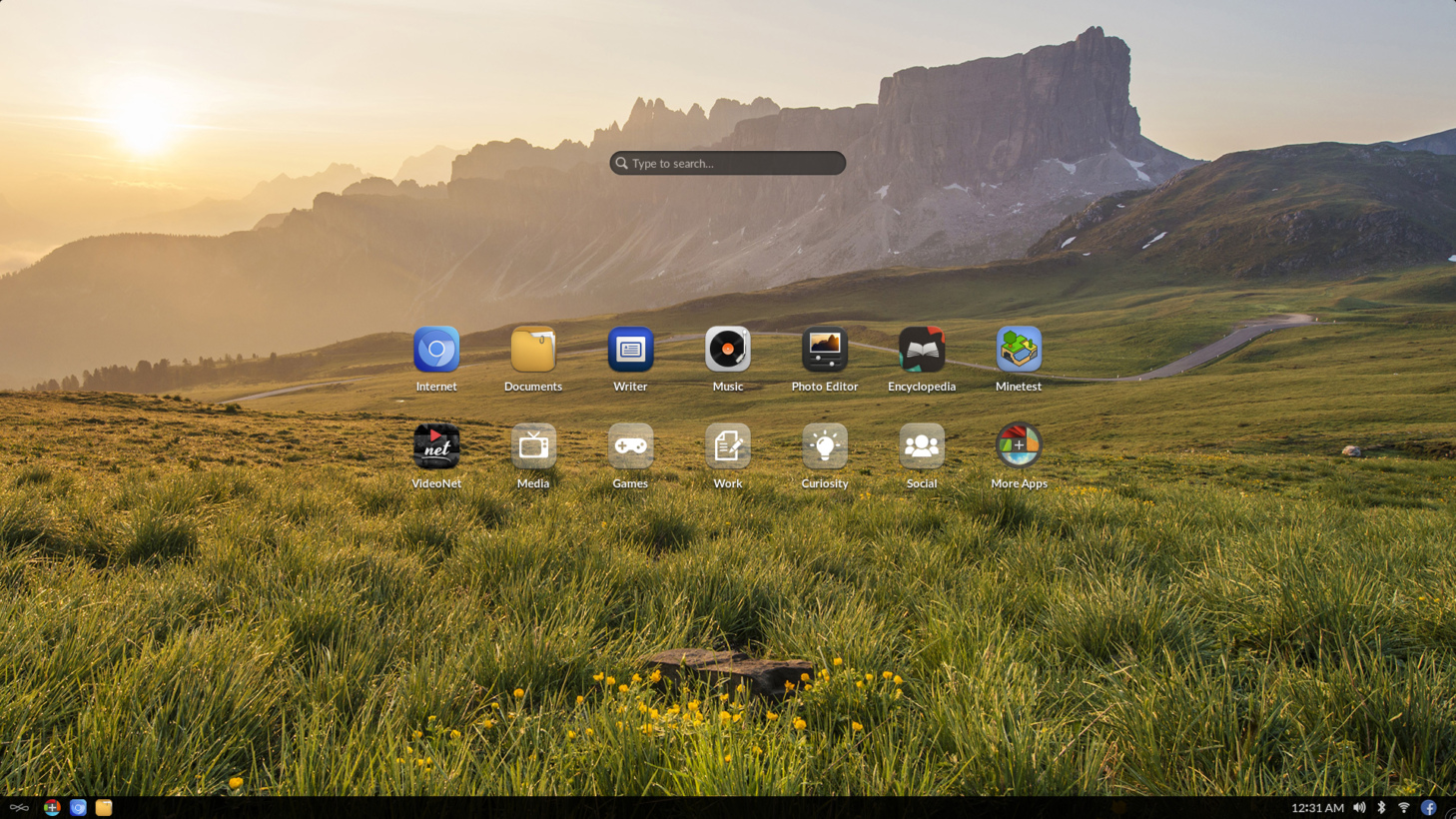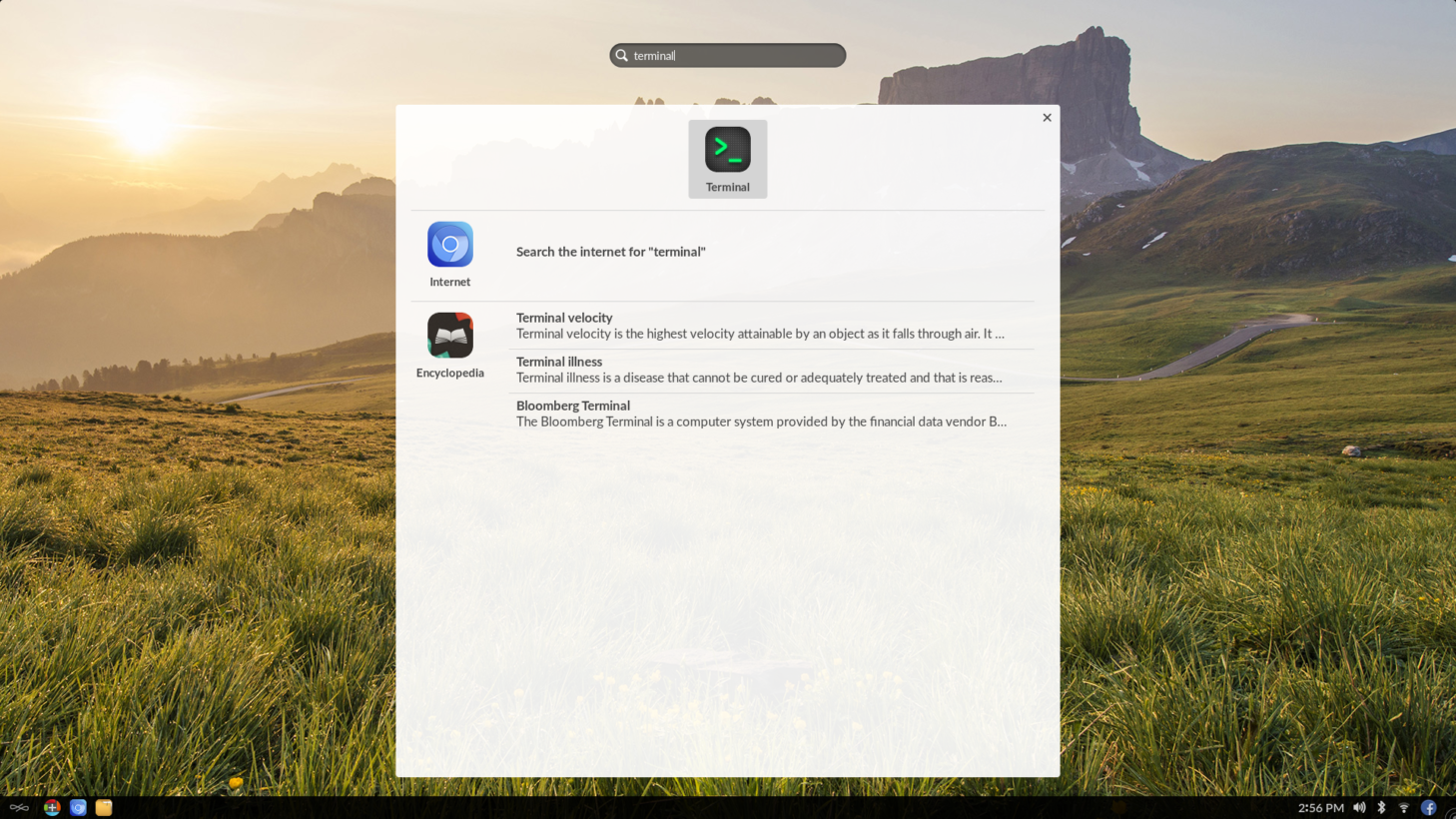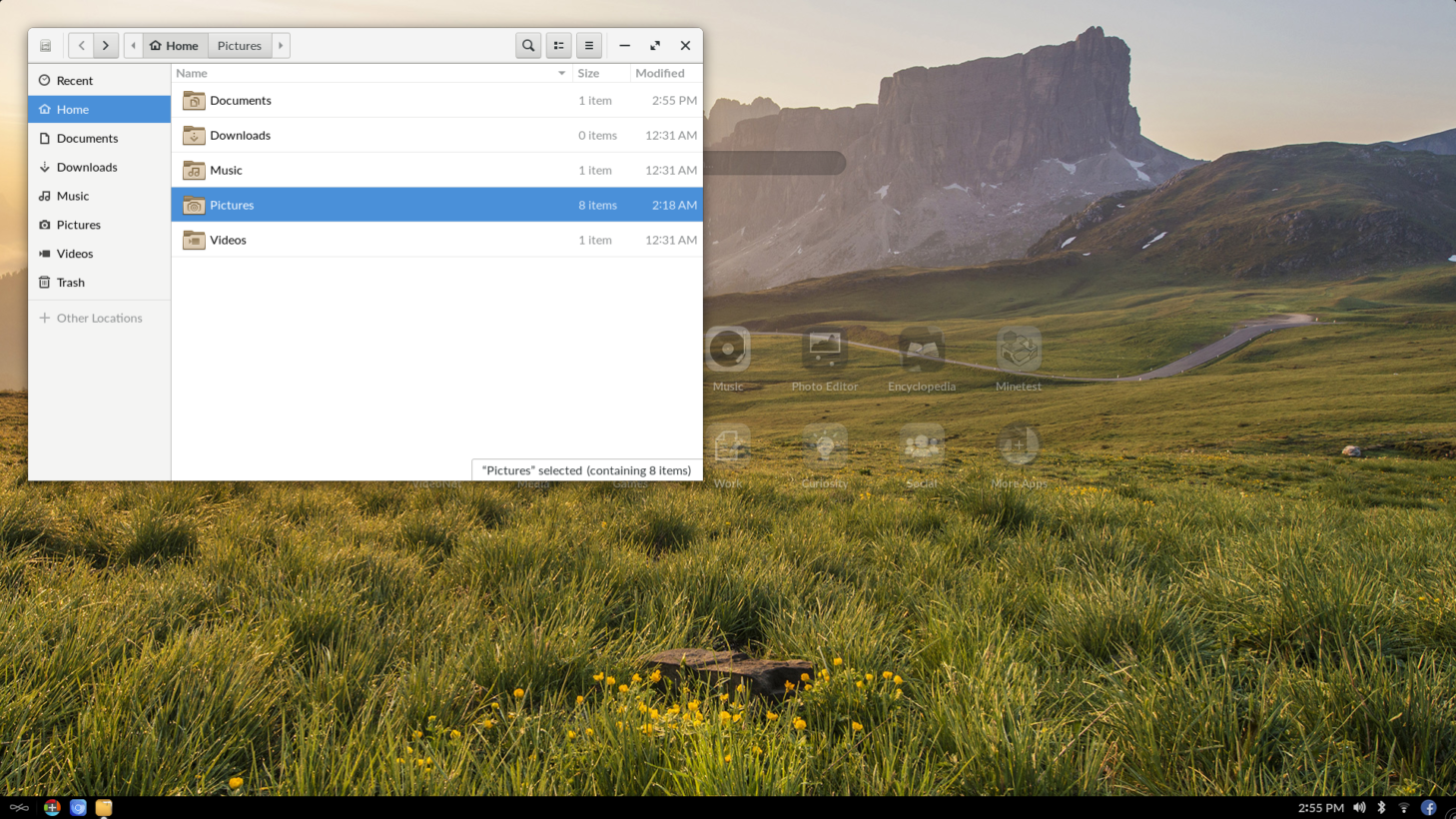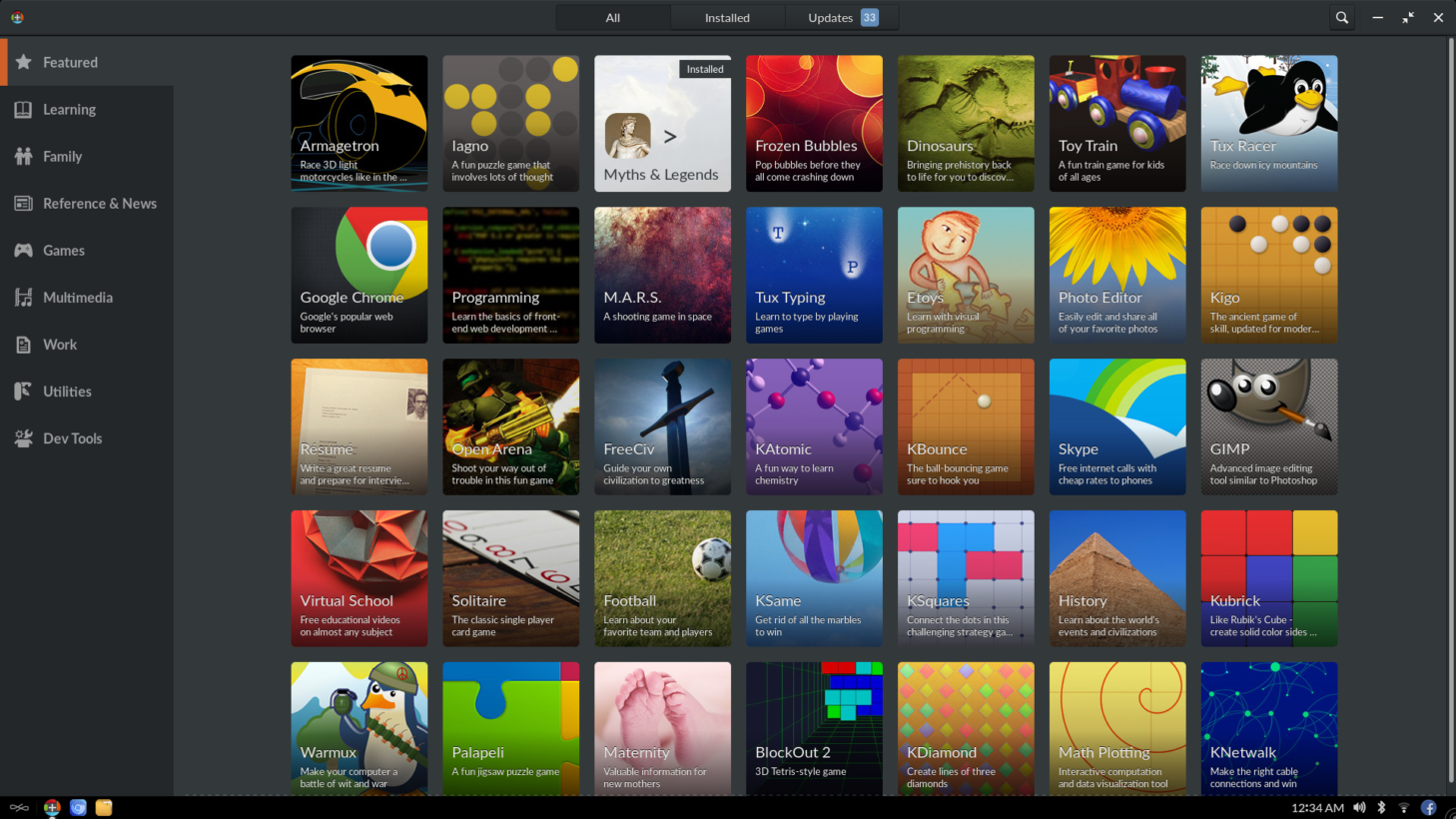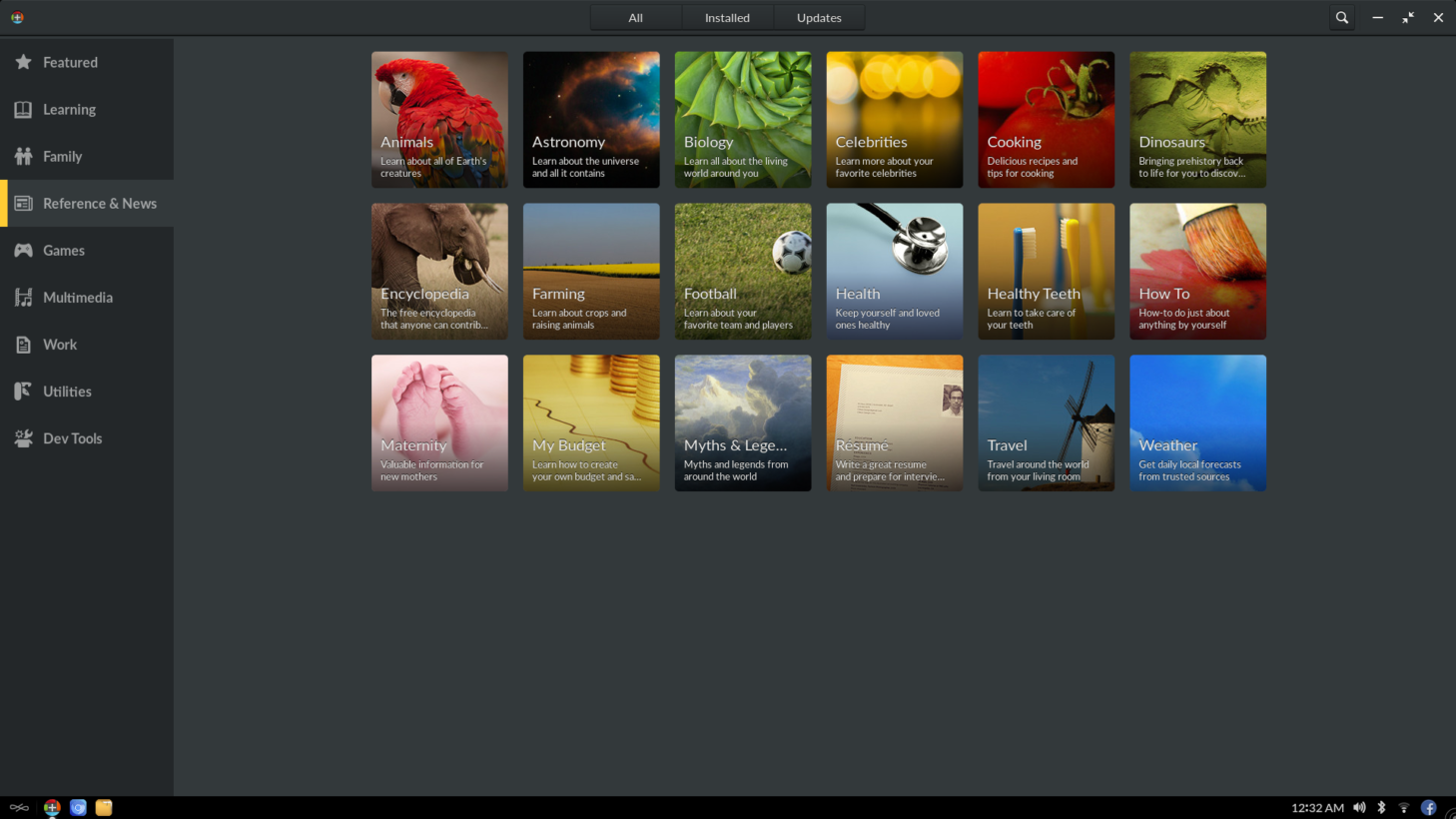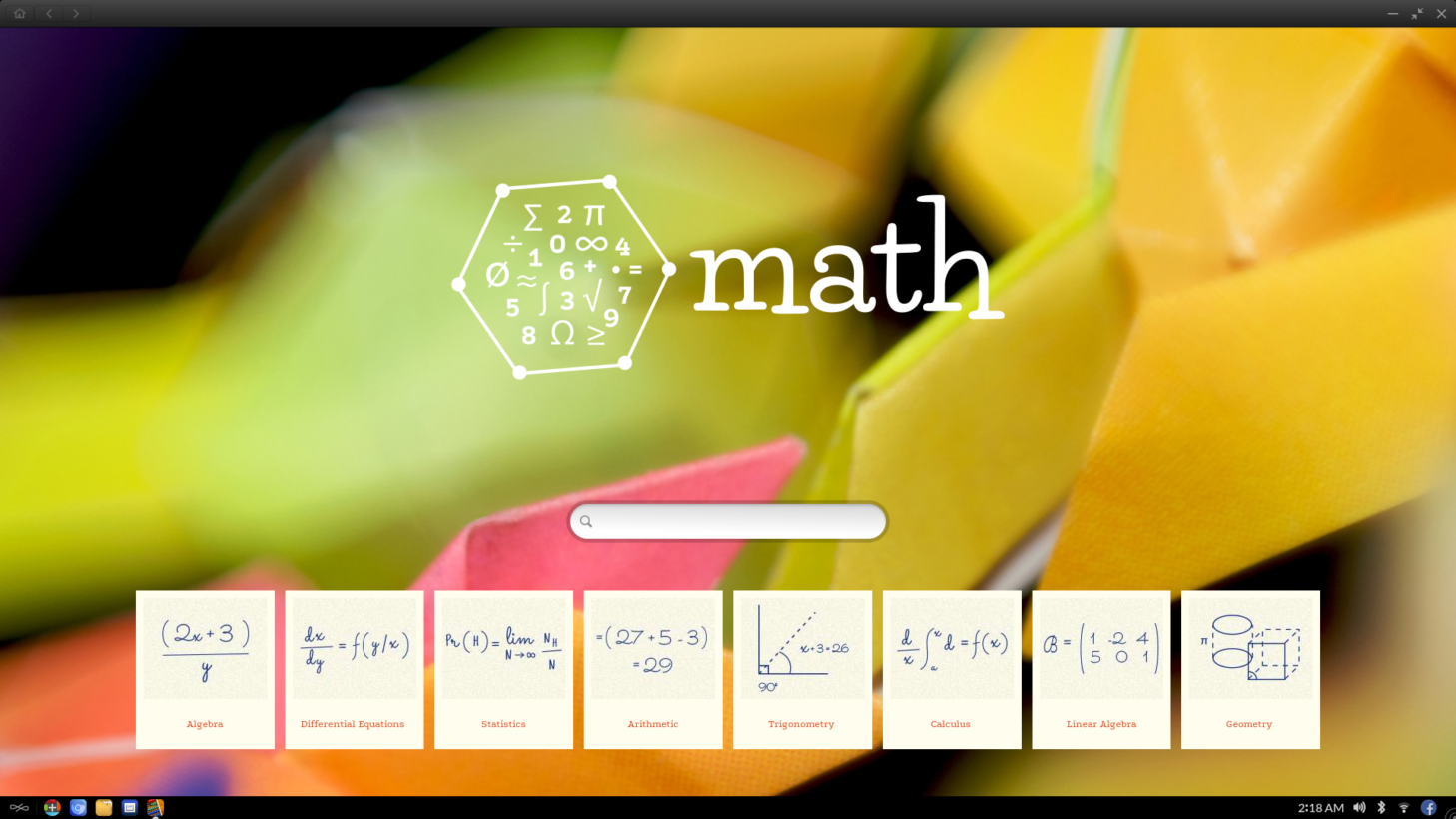
Review: The Endless Mission One is a gorgeous Linux-powered desktop with a tempting price tag
Companies that exclusively manufacture Linux computers are few and far between. The few that exist tend to focus on the “prosumer” or developer market niche. Endless, however, has tread a different path. The San Francisco-based manufacturer is known for its quirky line of affordable machines, all running its own bespoke Linux-based operating system, Endless OS.
Announced at CES earlier this year, the Endless Mission One is the latest in the company’s burgeoning stable of computers. And compared to the rest of Endless’ lineup, it’s a bit of an aberration.
“We're hunting for awesome startups”
Run an early-stage company? We're inviting 250 to exhibit at TNW Conference and pitch on stage!
Its predecessor – the Endless Mini – debuted at just $79, and was aimed at consumers in the developing world. It came with a cute plastic design that wouldn’t look amiss in an elementary school computer lab, or perhaps in a tween’s bedroom, and as you’d expect for the price, came with rather austere hardware.
But the Endless Mission One, which is the subject of this review, is significantly more expensive, costing $250. It also packs more capable hardware, and a gorgeous wood finish that wouldn’t look out of place in a home office. Put simply, it doesn’t look cheap.
And while the Endless Mission One has some significant limitations – both in terms of software and hardware – it’s actually a pretty great machine.
Under the hood
The Endless Mission One comes in two variants – one with 320GB of storage, and one with 500GB. I reviewed the latter.
Although it’s an undoubtedly cheap computer, it has the appearance of a much more expensive product. The outer casing of the device is made of bamboo and simple white acrylic. Both of which combine for a jaw-dropping gorgeous look that sets it apart from other rivals in its price range.
But under the hood, you’ll find little to impress. It packs:
- Intel Celeron N2807
- 500GB HDD
- 2GB of DDR3 RAM
- 2 USB 2.0 ports
- 1 USB 2.0 port
- VGA out
- HDMI out
- A 3.5mm audio jack
- Ethernet
- 802.11n Wi-Fi
- Bluetooth
This is undoubtedly bargain basement stuff, but for $250, you’ve got little cause for complaint.
I must admit, it was a little jarring using a computer with such little horsepower, especially when my main machine is an especially zippy Dell XPS 13. I had to re-accustom myself to things like waiting for Web pages to load, and being conservative with the number of tabs I opened.
Eventually, I got used to it. And it was certainly eye-opening to see how harsh most websites are to computers with limited hardware.
Perhaps my biggest argument with the Endless Mission One is with the scant amount of USB ports on offer. Add a keyboard and mouse, and you’ve got one port left. Charge your phone, or plug in a webcam, and you’re officially out of them. It’s also a bit sad that there’s no SD slot.
I was also unimpressed by the internal Wi-Fi chipset, which was slow and had a very limited range. I kept on reminding myself that the device was only $250, but the lack of 802.11ac in a machine launched in 2017 is a real shame.
Hands on with Endless OS
The Endless Mission One ships with Endless OS, which uses a heavily-modified version of GNOME 3. Icons are big and bold, and they’re easy to reach. I can see how very young users – who have inherently worse fine motor skills than an adult – would find this easier to use than Windows 10 or macOS.
Endless OS isn’t your standard Linux-based operating system. It was built from scratch, combining several interesting modifications and technologies not commonly found in mainstream Linux OS’s.
Perhaps the biggest is in its approach to what software comes bundled with the system, as Endless OS was originally designed to work for those living in countries where wired internet connections are either too slow, too expensive, have limited data caps, or are simply unavailable.
As a result, Endless OS comes with a mountain of educational and reference content pre-installed, thereby saving you a trip to Wikipedia.
This is split into individual software packages, each covering a different subject, like Dinosaurs, Math, Geography, and Social Sciences.
Users can manage these apps from Endless’s App Center. It’s worth mentioning that some of these measure in the hundreds of megabytes. As a result, if you plan to use your machine as a media center, you might want to consider deleting them. Especially if you’ve grasped how “Healthy Teeth” work.
It’s worth emphasizing that Endless OS has an interesting approach to software management.
Firstly, the Endless App Center has a limited collection of software that has been specifically curated for the platform. The vast majority of it is educational in nature. But there are also some names you’ll recognize, like LibreOffice, Google Chrome, and Android Studio.
One thing I noticed was that many of the applications were significantly out-of-date. For example, the version of Chromium available for Endless OS is Chromium 55, while the current actual version is 59. While the older version is still very much usable, it’s a shame to miss out on several months of security and performance updates.
So, what if you want to break away from the shackles of the App Center?
Sadly, you can’t. That’s by design, as Endless OS is one of the few consumer-oriented Linux operating systems to ship by default with a read-only filesystem, save for a small writable space for user documents and files. Although APT is installed, you can’t actually use it to install anything.
This frustrated me, but on a rational level, I also understood it. Given that Endless expects that this machine will find its way to the hands of younger users, it’s not unreasonable to put up some restrictions to ensure that they don’t stumble upon inappropriate content, or put the machine beyond use.
Should you get it?
The Endless Mission One is a delightful piece of hardware. It’s easily the best-looking piece of computer hardware to have ever sat on my desk. And while it’s no speed demon, it’s certainly capable of getting the job done… eventually.
I guess my biggest complaint is with Endless OS. It’s just way too inflexible for my liking. As someone who definitively falls into the “prosumer” camp, I was frustrated on every level. But I imagine that installing a mainstream Linux distro – like Fedora or Ubuntu – would wipe away these complaints.
I also recognize that this machine isn’t for people like me. It’s for parents looking for an affordable computer for their kids. It’s for anyone looking for an safe and gentle introduction to the internet for an older relative.
And with these demographics in mind, it’s hard not to recommend it.
Read next: The largest payments company in the world most people have never heard of
